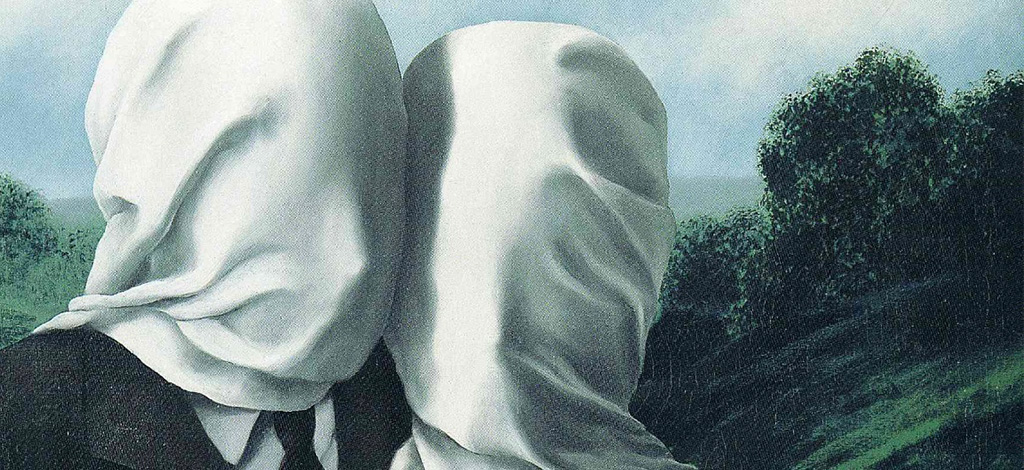
Culture
René Magritte and How He Saw the World
In 1927, the Belgian painter René Magritte moved to Paris and joined the Surrealist circle of artists around André Breton. However, he remained a distinctive Surrealist, beginning to use words and language in his works. He established a technique free from stylistic distractions: he communicated his paintings dryly and illustratively. Unlike his colleagues, Magritte did not rely on a "dreamlike" visual language. Instead, he wielded his brush with masterful precision, depicting familiar objects with unexpected twists. Surrealism, as an artistic rebellion driven by the exploration of the subconscious and the rejection of conventional reality, forever changed the art landscape at the time. Magritte's works, in particular, are gaining new relevance today on the internet and social media. Some hold an apple in front of their face, cover their heads in white fabric, or depict cats against a cloudy sky. Hashtag: #renemagritte These images are so popular on social networks because they reduce reality to absurdity: memorable image combinations whose accessible punchlines are still used in advertising today or shape AI. One might think that Magritte anticipated AI's ability to think in simple images. Perhaps this is precisely why Magritte's work was not received in a way comparable to that of other Surrealists at the time. Too unintellectual, too simple, too close to popular culture. Today, his images of these simple thought patterns could not be more modern or appealing. Just four months ago, Magritte's painting "L'empire des lumières" was sold for over 120 million US dollars. It is the most expensive Surrealist work to date. What defines the René Magritte phenomenon in the 21st century?
Screensplay / Direction: Susanne Brand
PlayTime: 52 min
Client: SWR/ARTE
Produced: 2026 , Brandmedia Film